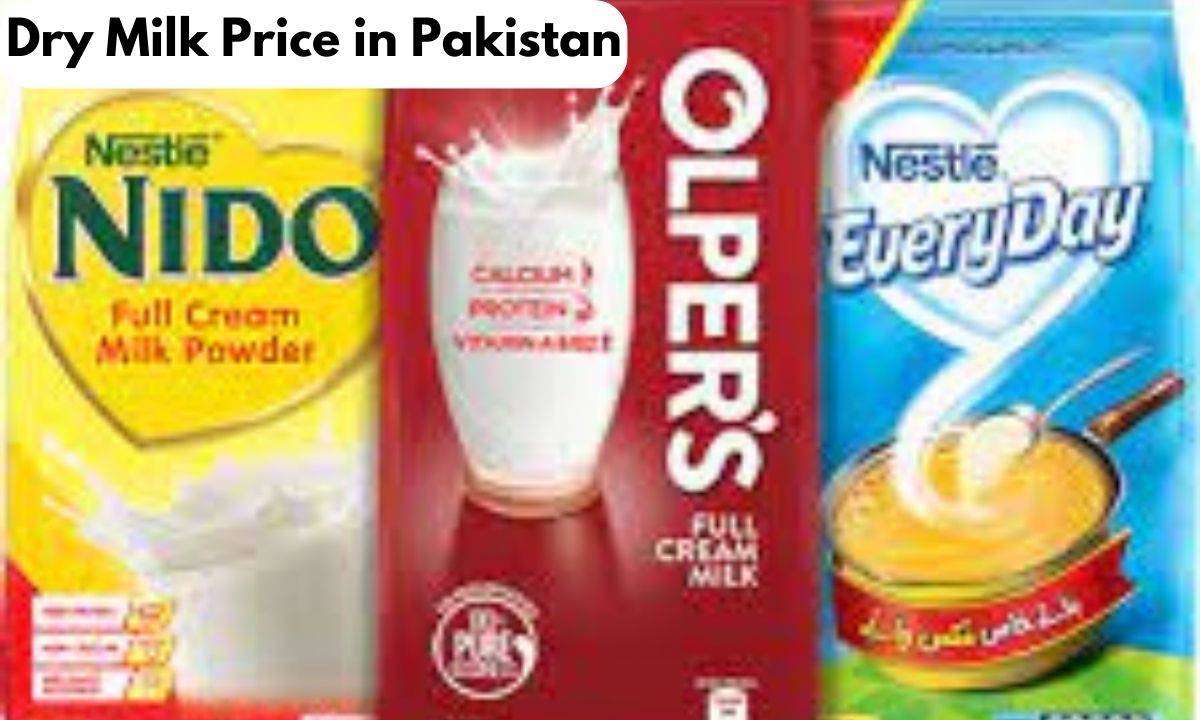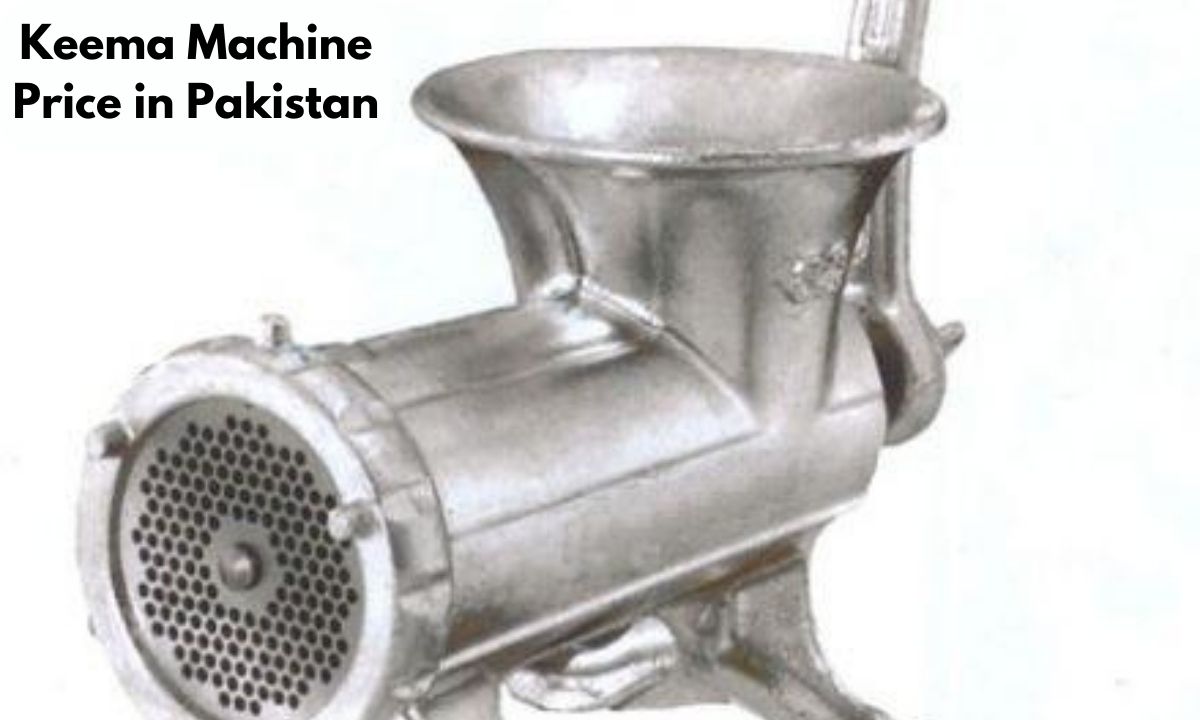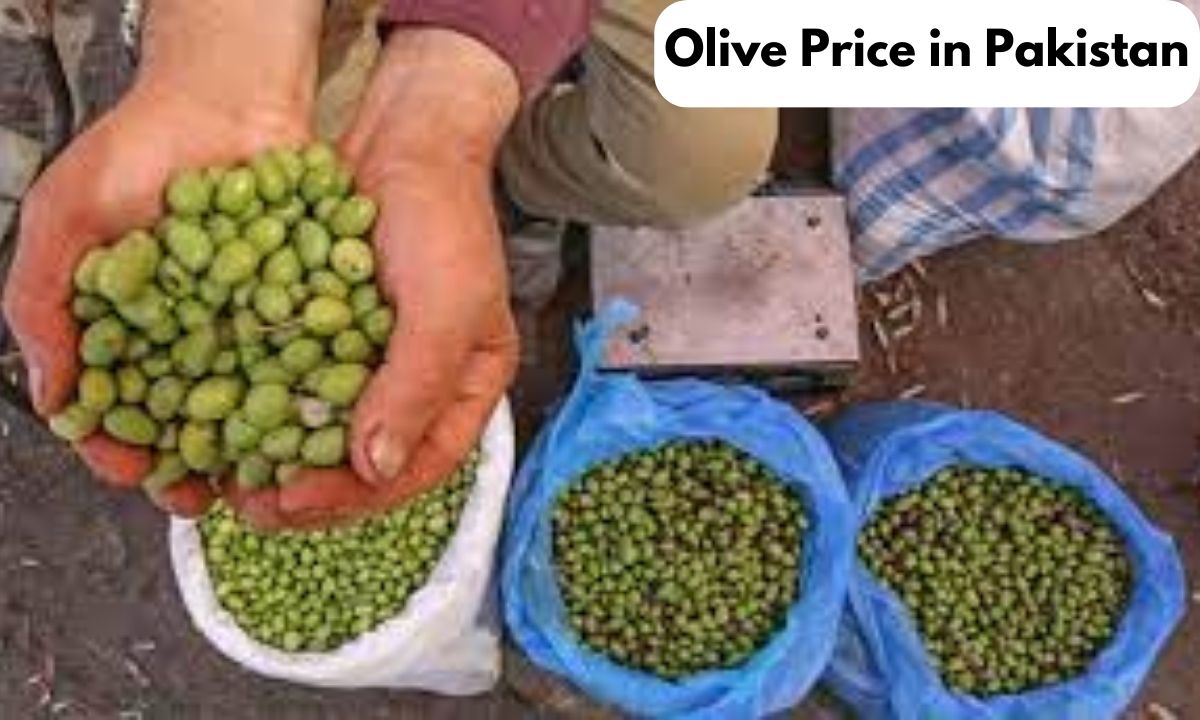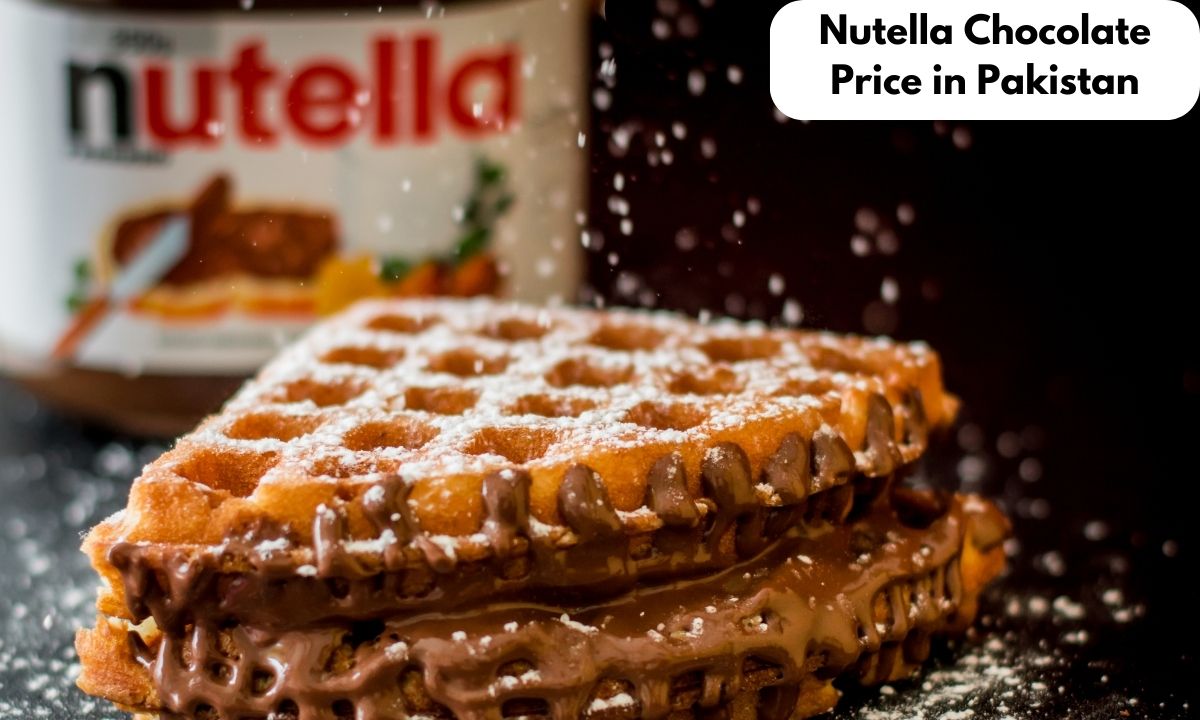Dry Milk Price in Pakistan (Latest Guide)
In the lively markets of Pakistan, where colors pop and people bustle about, there’s one thing that matters to millions of folks: dry milk. It’s a big deal in Pakistani homes and a key player in the country’s dairy scene, making a real impact on the economy. The prices for this must-have item can vary, like Nestle Nido Fortified Milk Powder (400g) going for PKR 850 and Everyday Full Cream Milk Powder (400g) priced at PKR 600.
The dry milk scene in Pakistan has had its ups and downs lately, with the market size shrinking a bit. But, despite the ups and downs, dry milk stays important in the Pakistani diet and keeps its role in the dairy industry, which is a big part of agriculture in Pakistan.
This article is all about getting into the details of the dry milk market in Pakistan – looking at the prices over time, what they are now, and what folks are thinking will happen in the future. It’s a deep dive into this essential thing we call dry milk.

Prices of Different Dry Milk Brands
| Brand | Product | Weight | Price (PKR) |
| Nestle Nido | Fortified Milk Powder | 400g | 850 |
| Everyday | Full Cream Milk Powder | 400g | 600 |
| Almarai | Full Cream Milk Powder | 1kg | 1,200 |
| Haleeb | Milk Powder | 400g | 550 |
| Nestle Nido | School Age Nutrition | 900g | 1,679 |
| Nestle Nido | 1+ | 900g | 1,849 |
| Nestle Bunyad | 260g | 385 | |
| Nestle Nido | Full Cream Milk Powder | Various | Varies |
| Olper’s | Full Cream Milk Powder | 800g | 1,150 |
| Comelle | Full Cream Milk Powder | 400g | 511 |
| Olper’s | Full Cream Milk Powder | 350g | 159 |
Factors Influencing Dry Milk Prices
The cost of dry milk in Pakistan is shaped by various factors, both at home and abroad. Global prices for milk powder have a big say in what we pay for dry milk here. In 2021, prices worldwide went up by 17%, and that affected how much we pay for dry milk in Pakistan. The demand for milk globally, especially from China, is high, and that’s making prices go up. Since Pakistan brings in a lot of its dry milk from other countries, these global trends hit our local market directly.
Here in Pakistan, the balance between how much milk we want and how much we have isn’t always even throughout the year. Sometimes we have more than we need, and other times we don’t have enough. This unevenness messes with the prices, making them go up and down.
Then there are the costs of making dry milk. Stuff like what we feed the cows and how much energy we use matters. When the costs of making dry milk go up, the prices we pay for it go up too. In Pakistan, making a liter of milk costs more than it does in other parts of the world, so our dry milk prices are higher.
Getting dry milk from the farms to our homes also costs money. Think about things like trucks, warehouses, and getting the product from one place to another. All these costs add up and make the final price we see at the store.
And let’s not forget about taxes. The government in Pakistan decided to put an extra 25% tax on imported powdered milk in 2016, on top of the 20% tax that was already there. This higher tax made the prices of the dry milk we import go up.
So, in a nutshell, the price of dry milk in Pakistan is a mix of what’s happening around the world, how much we want it versus how much we have, the costs of making it, and the extra charges the government puts on it. It’s a bit like a puzzle, and all these pieces fit together to decide what we pay for dry milk.
Conclusion
The dry milk market in Pakistan is quite a puzzle, with prices ranging from PKR 159 for 350g of Olper’s Full Cream Milk Powder to PKR 1,849 for 900g of Nestle Nido 1+. It’s not just about what’s happening in Pakistan—there’s a whole world of factors at play.
Things like how much milk costs globally, the balance between how much we want and how much we have, the expenses of making the milk, getting it from place to place, and the taxes and duties slapped on it.
Understanding all these factors is key for both folks who buy the milk and those who make it. It’s like having a roadmap to navigate the market. And as we peek into the future, these factors will keep on molding the dry milk scene in Pakistan. They’re the architects of what we pay and how the market moves.





